#deutsche Serie
Explore tagged Tumblr posts
Text
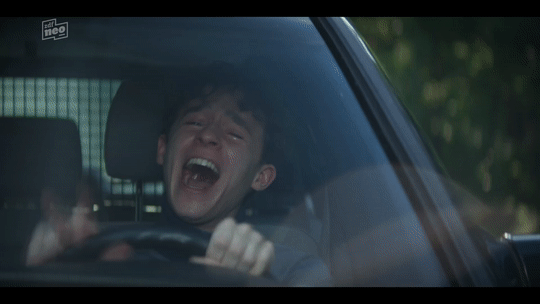


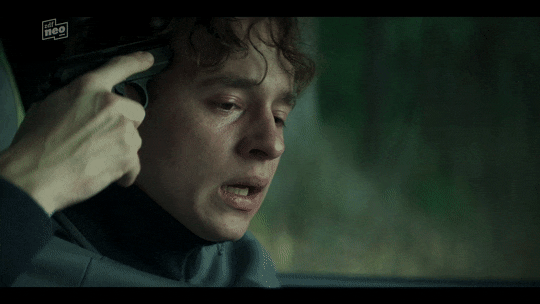





WAS WIR FÜRCHTEN (ORIGINALSERIE VON ZDF NEO) FOLGE 6
12 notes
·
View notes
Text
Ex - Freunde angraben ist wie Pizza in der Mikrowelle aufwärmen; Die Nährstoffe gehen verloren, das Frett saugt raus und du kriegst Bauchweh. - Türkisch für Anfänger, Kathi Kuhn
5 notes
·
View notes
Quote
Jeden sieht man irgendwann zum letzten Mal und wer sich nicht von der Vorstellung lösen kann, dass jede Gegenwart von der Zukunft begrenzt wird, der verliert die Fähigkeit im Jetzt zu leben.
Martha // Tage, die es nicht gab
8 notes
·
View notes
Text
"Ich habe immer daran geglaubt, dass das Schicksal uns zu den Menschen führt, die uns vervollständigen. Als ich dich traf, wusste ich, dass all die Umwege und falschen Entscheidungen mich letztendlich zu dir geführt haben. Du bist mein Happy End."
- D.
#zitat#deutsch#german#quote#liebe#vertrauen#herz#bedeutung#hoffnung#große liebe#seelen#seelenverwandt#psychologie#ted mosby#how i met your father#Serie#filmzitat#film#Sehnsucht#glück#familie#Liebeserklärung#liebesbrief#angekommen#zuhause#heimat#Umwege#entscheidungen#mutig#menschen
162 notes
·
View notes
Text



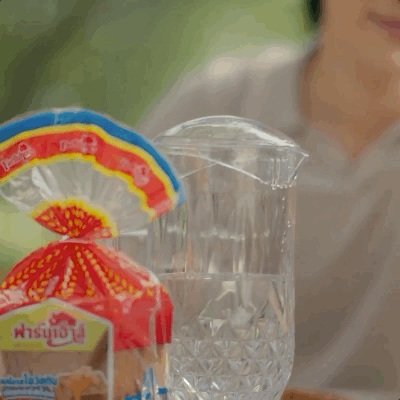


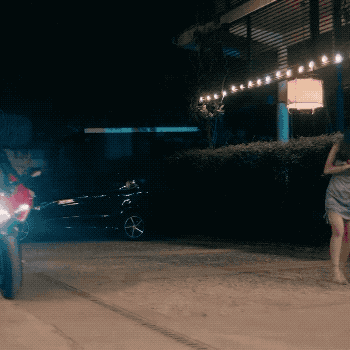

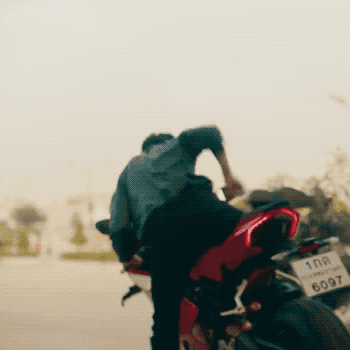
thanks to the sponsors for supporting all the gay sex with your funding <3 gotta be my favourite supporting characters (and yes the homewrecking bike makes a return from last year eheheheheehe)
bonus (more like 'in-the-line-of-fire') gay sex sponsor


KP two-year anniversary event; Prompt 2: Favourite Supporting Character + Misfit (more like MOSTfit lol)
#kpanniversary2024#kinnporsche the series#kinnporsche#kinn theerapanyakul#porsche pachara#vegas theerapanyakul#ft. pete tay and time#mile phakphum#apo nattawin#bible wichapas#yes i know the bonus looks like kinn's back is the supporting character...which i mean....valid....it supports porsche's weight while kinn.#y'all get where i'm going with this#BUT! it's supposed to be the bank lol...that's the supporting character....(and afaik they didn't ACTUALLY fund the series#they just HAPPEN to be in front of the MOST important rooftop pool for the queers in thai bl lololololol)#also...i just HAD to include the tiddyrub kinn bb you GO TO TOWN on those buds#bless him#farmhouse bread#mama okay noodles#ducati red bike#deutsche bank my beloved
270 notes
·
View notes
Text
To German speakers
Serious question: how do you think, before you talk?
I've been watching German tv series and reading German fics, so my reading and listening comprehension is improving.
But.
German syntax is puzzling. Extremely so.
I know the grammar rules, I do! But my mind automatically goes subject + verb + object + conjunction + subject + verb + object when I want to speak.
When I write, I have time to reflect about the correct order of each word (and pieces of a word!), but trying to speak and remember where every part of the speech goes, and the right declensions… Impossible.
So, any advice?
#learning German#studyblr#deutsches Tumblr#Deutsch#German tv#German fics#Honestly if anyone has advice please share#if you speak German as a second language do tell me HOW you managed#if you're a native speaker share what your thought process is before you speak please#for me fanfic and tv series were crucial to becoming fluent in English#I'd love for German fics and tv to play the same role#especially now that I've found fandoms I love#But sentence structure is so different!#The difference looks insurmountable right now#also if anyone knows a way for this post to get seen by the German side of Tumblr: do your magic!#Melikes learns German#my post
69 notes
·
View notes
Text
too niche? doesn't matter. funny as fuck either way.
(audio by german rapper and frequent meme moneyboy, from a freestyle rap on tiktok)
#gibt es deutsche iwtv fans?#ich kann doch nicht als einziges in diesem land diese serie geguckt haben#iwtv#interview with the vampire#iwtv meme#lestat de lioncourt
37 notes
·
View notes
Text
Wie Synchronsprecher gecredited werden ist kacke iwie. Vorallem bei Serien aus dem Ausland, also gefühlt den meisten, weil wir ja doch viel Ami-Zeug sehen. Im Fernsehen im Abspann werden meistens nur die original Synchronsprecher angegeben (wenn es nicht animiert ist stehen nur die original Schauspieler da), bei Netflix/etc stehen auch nur die Namen vom Original, auch wenn die auf Deutsch ja quasi überhaupt nicht relevant sind. Man kennt gefühlt keinen Namen von Synchronsprechern, obwohl man die ja alle ständig hört. Schon fucked up.
Manchmal wenn man gaaanz bis zum Schluss den Abspann schaut werden die Namen von allen Synchronsprechern aller Sprachen für jeweils ne Sekunde gezeigt. Aber das halt nur im Streaming, im TV wird der Abspann ja oft ganz weggelassen.
#Weiß noch wie ich bei nem animierten Film Keanu Reeves gecredited gesehen hab#und mir nur gedacht hab 'ja aber wen höre ICH denn jetzt gerade??'#weil bei animierten Serien/Filmen halt dann doch ein anderer Synchronsprecher genommen wird#und nicht der der sonst Keanu Reeves spricht. Also nur mal als Beispiel.#Macht das Sinn? lol#doddie redet#german stuff#btw fällt irgendjemand ne deutsche animierte Serie ein? oder n Film?#hab momentan keinen Abspann von was im Kopf aber ich denk mal dass bei denen die Synchronsprecher wenigstens richtig erwähnt werden
16 notes
·
View notes
Text
als marburger*in ist es meine pflicht, mal ganz kurz einen winzigen blick in die neue serie von pastewka & engelke zu werfen. nur ganz kurz. turns out es ist eine wirklich wirklich gute, sehr witzige serie und ich bin jetzt fast durch lol
#falls ihr was leichtes witziges romantisches wollt das aber nicht flach und schlecht und typisch deutsch ist:#perfekt verpasst#featuring old man yaoi falls ihr euch fragt ob das wieder typisch deutsche serie wird#und (bi?) poly girl ✨#anyway brb die letzten 2.5 folgen gucken es wird so gut gerade#shut up kit#(und nein ich habe mich nicht gedoxxt ich wohne schon lange nicht mehr in mr)
24 notes
·
View notes
Text
Oh my God!!!! There she is!!!!! Beloved!!!! The most Deutsche of all Banks, in all her blurry background glory:

Deutsche Bank <3
57 notes
·
View notes
Text
I don't think many international fans understand the extra layer of hilarity that Deutsche Bank adds for American audiences of KinnPorsche because they are NOTORIOUS for weird Pride activities.
Like it's the final joke for Saturday Night Live's Pride special featuring Anya Taylor-Joy and Lil Nas X...
youtube

So seeing it in KPTS is doubly goofy.
#kpts meta#kpts shitpost#kpts#kinnporsche#kinnporsche the series#deutsche bank#pride#american culture#american history#queer shitposting#Youtube
22 notes
·
View notes
Text
WEBSITE
I have a new website for my books.
The couple of English translations that exist are not on there yet and to look at it on your phone, you need to rotate the screen,
But there are already a list of and links to all of the German books and a couple of pictures.
http://blumenelfenhasser.de/
(And I’m gone again)
#books#novels#fantasy#fantasy authors#deutsche Bücher#humour#fantasy book series#new#art#illustration
7 notes
·
View notes
Text
Ich wenn ich Leuten die ich noch nicht gut kenne von Spatort erzähle:

For context:

#selbst den Heteros!#alles herzzerreißende in der Serie ignorieren wir an dieser Stelle#spatort#tatort saarbrücken#red white and royal blue#oder eben auf deutsch#rot weiß und königlich blau#no spoilers#tv14#hörk#pesther
107 notes
·
View notes
Quote
Man darf nicht auf Morgen warten, vielleicht ist morgen ein Tag den es nicht gibt.
Martha // Tage, die es nicht gab
5 notes
·
View notes
Text
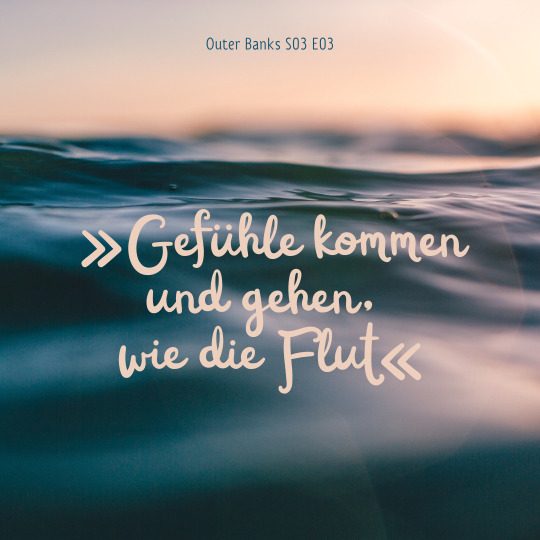
#zitat#zitate#deutsches zitat#deutsche zitate#outerbanks#outer banks#tvseries#filmzitate#serienzitate#tv series#flut#gefühle
7 notes
·
View notes
Text
„Nähe und Distanz schließen einander nicht zwangsläufig aus. Man kann sich Menschen nah fühlen, die kilometerweit von einem entfernt sind. Oder bemerken, dass man jemanden vertraut, den man vor nichtmal zwei Wochen noch meinte zu hassen.“
- Maxton Hall – Die Welt zwischen uns
10 notes
·
View notes